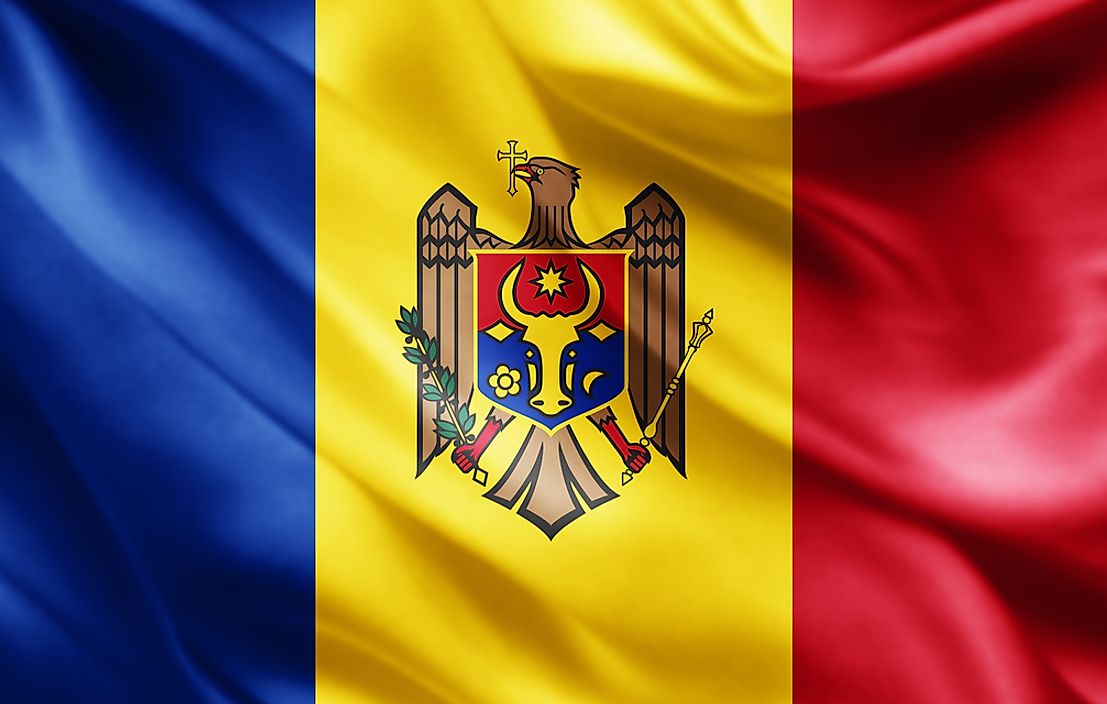What Type of Government Does Moldova Have?

Government of Moldova
The government of Moldova operates under a representative democracy with a parliamentary system, which means that the general public elects officials to represent their common interests. This country became independent from the Soviet Union in 1991 and established its constitution in 1994. Since then, it has attempted to establish a stable government with some difficulty, which is common in many post-Soviet countries. The Constitution of Moldova established 3 branches of government: executive, legislative, and judicial.
Executive Branch of Government
The executive branch consists of the president, prime minister, and cabinet of ministers. The president of Moldova acts as the head of state and ensures unity within the country. Between 1994 and 2000, the president was elected by the general public. Since 2000, however, the president has been selected by members of parliament through an indirect election. In March of 2016, the constitutional court ruled that this change to the electoral process was unconstitutional, and has once again established a two-round direct election. The presidency is carried out for a 4-year term with a 2-term limit. The prime minister of Moldova acts as the head of government and is appointed by the president to serve for 4 years. The prime minister is responsible for putting together the cabinet of ministers and works closely with each minister to ensure the executive functions are carried out according to regulations and legislation passed by the legislative branch of government. The cabinet of ministers is made up of 16 ministries. Ministries include: Culture, Finance, Justice, Youth and Sports, Environment, and Economy.
Legislative Branch of Government
The legislative branch consists of the Parliament of the Republic of Moldova, a unicameral governmental body. It is made up of 101 members, who are responsible for approving the appointment of both the prime minister and the cabinet of ministers. These individuals are elected by the general population based on proportional representation. The executive branch may propose legislation to parliament, but it is up to this assembly to pass these proposals as bills. Parliament is headed by the speaker, also known as President of the Parliament. Currently, the Democratic Party holds the majority with 41 seats. This is followed by: the Party of Socialists (24), Non-inscrits (13), Liberal Party (11), Party of Communists (7), and the Liberal Democratic Party (5).
Judicial Branch of Government
The judicial branch is made up of a hierarchy of courts, including (in order): courts of first instance, appellate court, supreme court, and the constitutional court. The courts of first instance are divided among district courts and 5 regional tribunals. The supreme court acts as the final appellate court for criminal and civil issues. The constitutional court acts independently of all the branches of government, and its 6 judges work to ensure that the constitution is upheld by reviewing legislation, international agreements, and presidential orders. Additionally, this court is responsible for making sure the government and the citizens act responsibly toward each other. These judges are appointed as follows: 2 by the Supreme Council of the Magistrature, 2 by the president, and 2 by parliament.











